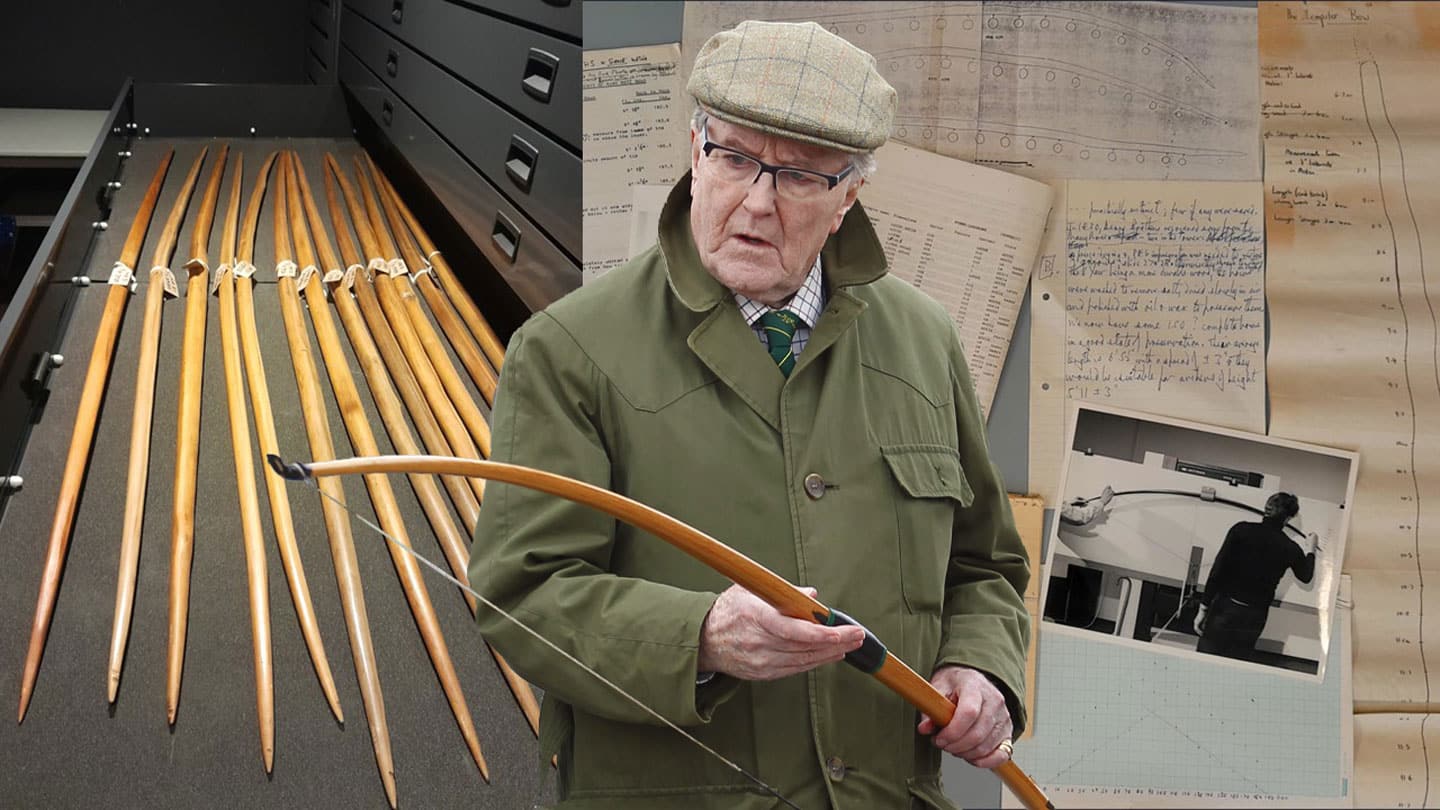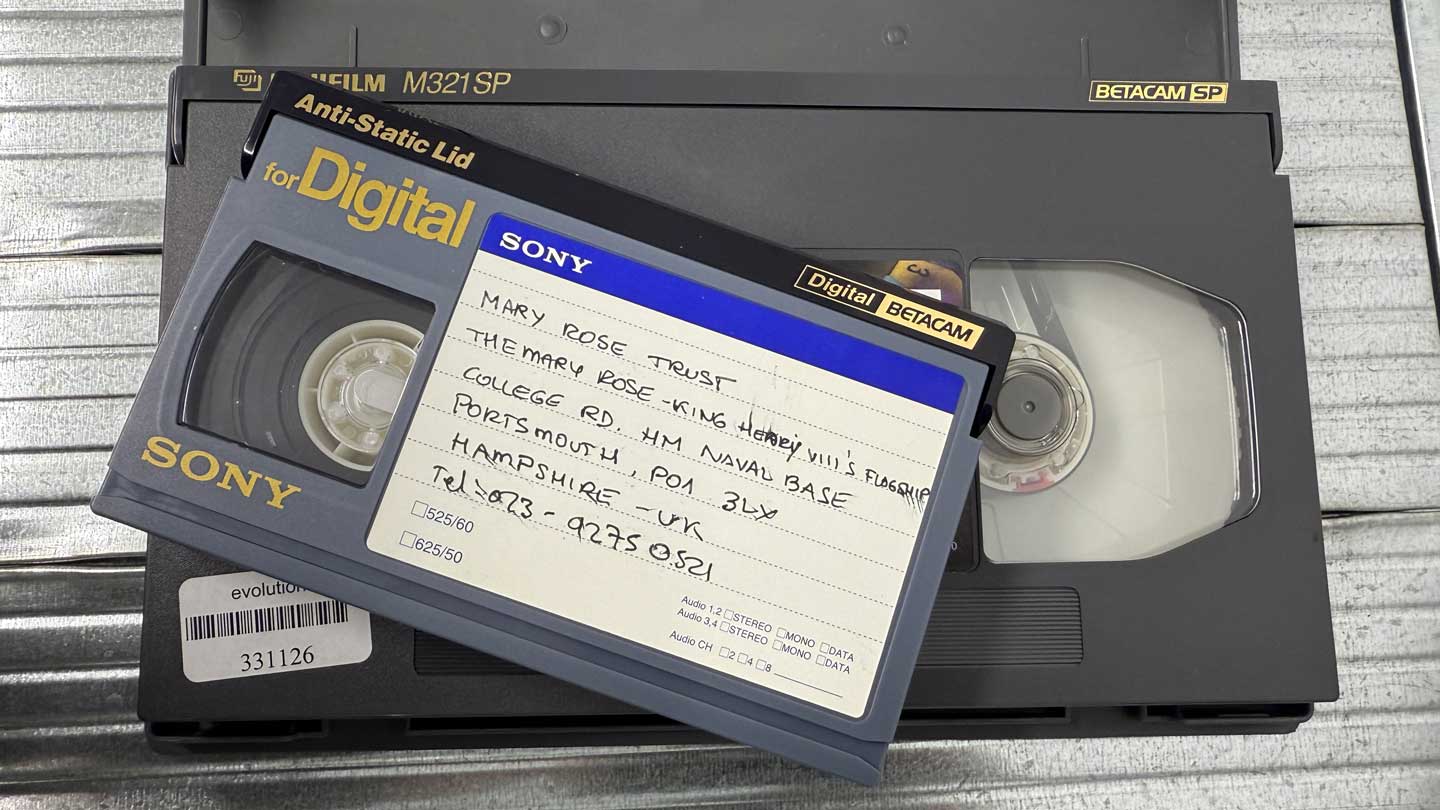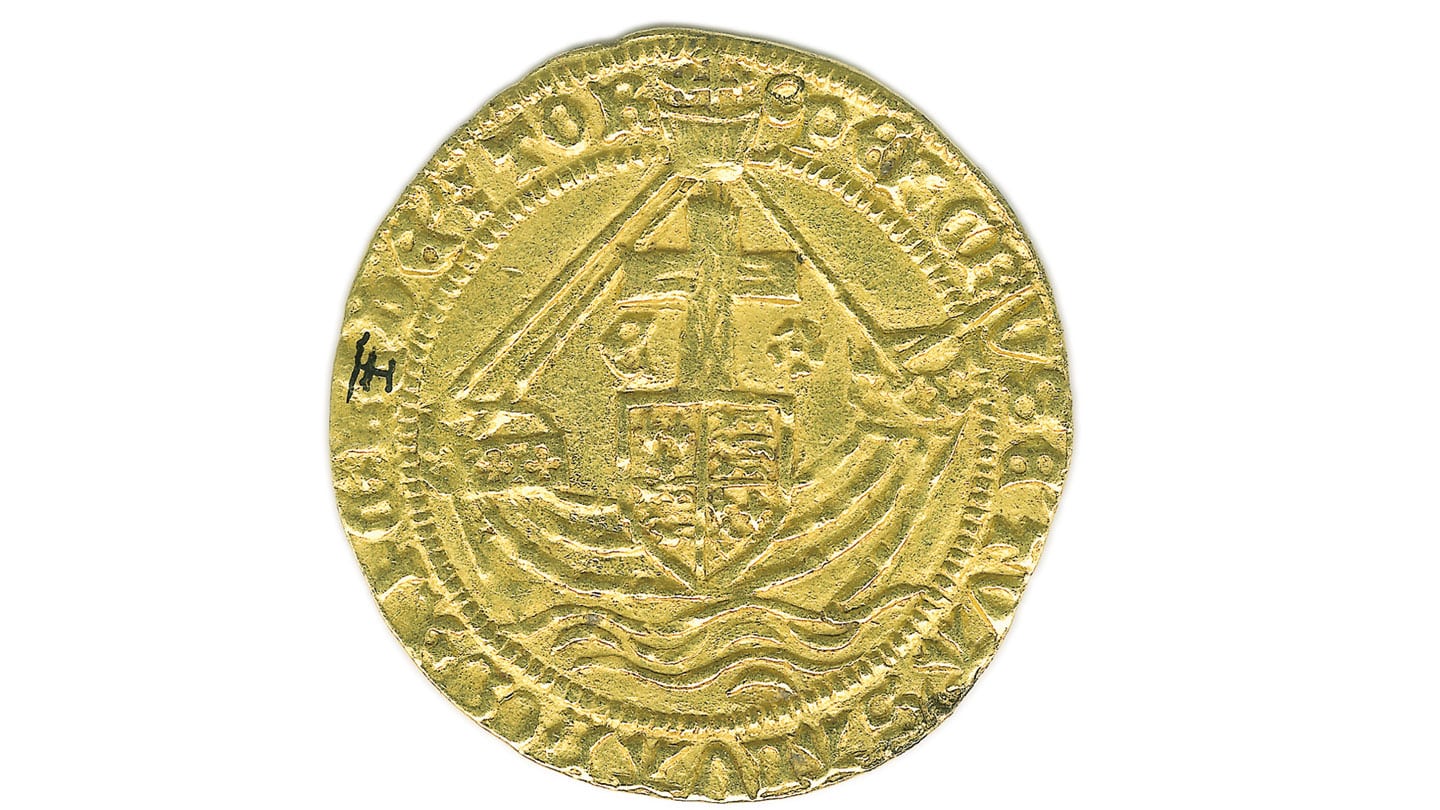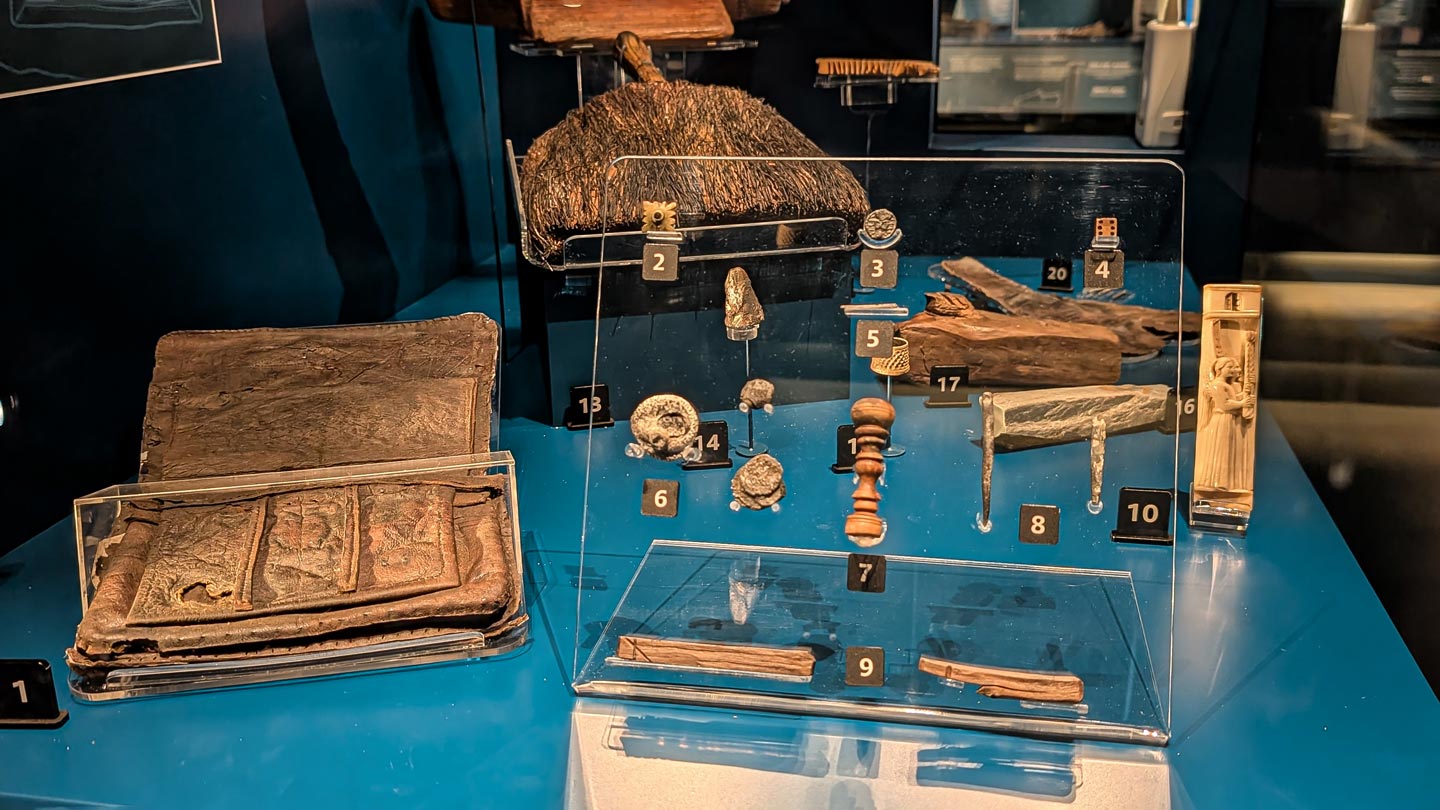Robert Hardy CBE (1924-2017) was a man of many talents. Famous for roles such as Henry V, Winston Churchill, Siegfried Farnon and Cornelius Fudge, he also had a passion for archery and the English Longbow; writing two books on the subject between 1976-2005. He contributed to the identification, conservation, recording and analysis of the longbows found onboard the Mary Rose. His efforts, alongside a team of specialists (who have been named where possible) ought to be recognized as their dedication has transformed our understanding of Tudor archery. Although this blog is unable to do the story justice in 500 words, it aims to summarise and pay tribute to Hardy on the anniversary of his death.
In 1979, when the treasures of the Mary Rose were yet to be fully discovered, a 6ft 5 inch, slightly bent, rather knobbly and almost black shaft of timber was unearthed- but what could it be? The task of identifying this timber was given to Robert Hardy, author of the ‘Longbow: A Social and Military History’, whose book brought him to the attention of lead archaeologist Margaret Rule.
Hardy later commented:
‘My telephone rang, thank goodness! And I was posthaste down to Portsmouth where they said, “Tell us about this thing, it is a longbow not a pike staff isn’t it?” And I said, “Good heavens it is a longbow”, and nearly fainted.’








